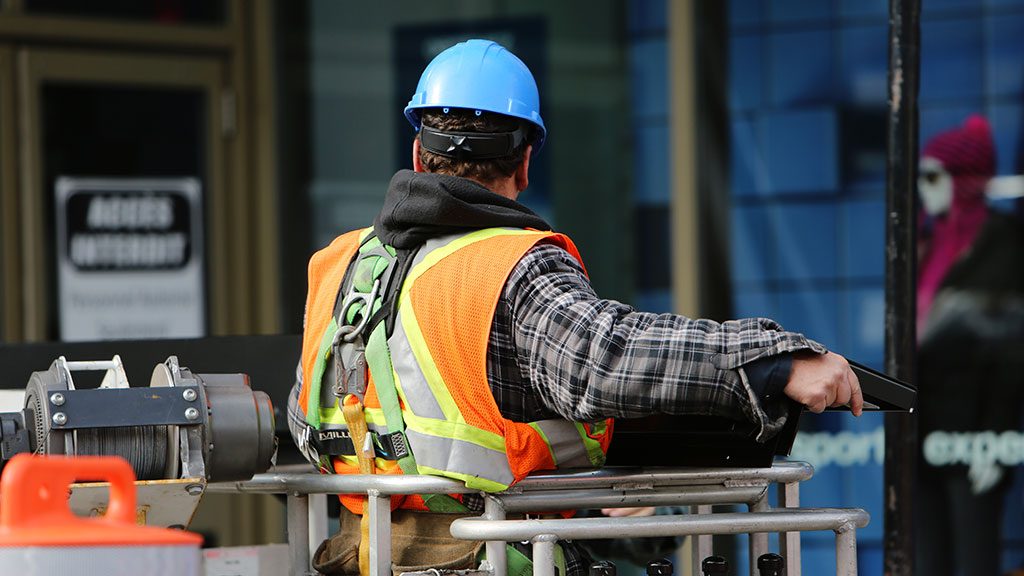Ontario’s ICI construction sector received good news recently with the announcement that the provincial government has approved a reclassification of the WSIB G1 rate for next year, meaning lower premiums for ICI employers.
The move reflects three-year trending statistics showing that the ICI sector works more safely than low-rise residential, Ontario General Contractors Association (OGCA) director of government relations David Frame explained, convincing the Workplace Safety and Insurance Board that it was not fair to burden ICI employers with the higher premiums associated with greater pooled risk.
Ontario Minister of Labour, Training and Skills Development Monte McNaughton made the announcement at a League of Champions safety webinar on June 17.
“I am truly proud of our members’ continued commitment to health and safety,” said new OGCA president Giovanni Cautillo in a statement. “The OGCA and the League of Champions have shown real leadership in the construction industry and truly deserve the G1 rate reclassification.”
“This announcement is about health and safety performance,” commented Frame. “The ICI sector has made a commitment to and invested in safety excellence and the WSIB and the minister have recognized it with this change.”
Frame said it was not yet possible to quantify how much ICI employers would save starting in 2021 given that the WSIB began a transition to a new rate framework system this year that will take five years to play out.
“I don’t expect a huge change in what the rates are in 2021 but there will be changes, and as we move out over the next four years the savings will become more noticeable.”
McNaughton refrained from singling out one construction sector over the other in an interview, instead praising the efforts of all construction employers to improve health and safety records.
“The best policies are set when government, employers and labour all work together,” he said.
“The WSIB approved a resolution to divide the building construction subclass into two subclasses. Essentially stakeholders in the ICI requested this and it makes sense because the two classes are large enough to support themselves.”
Frame said the OGCA has been lobbying for the change ever since the new classifications lumping ICI and residential construction together were first proposed as part of rate framework reform four years ago.
“We had huge pushback at that time, saying that the safety record for the ICI was far superior, we needed our own group,” he explained.
WSIB rules permit a change in classification if one segment can show divergent long-term-injury (LTI) rates compared with others in the class over three years. That’s what the ICI contractors have done. WSIB data showed that rate group 764, the homebuilders group in the former system, had a 1.80 per cent lost-time injury (LTI) rating in 2018, up from 1.73 in 2012. The ICI sector, until 2020 in rate group 723, had a 0.69 per cent LTI rating in 2018, down 34 per cent from 2012.
But still, Frame said, advocacy was required.
“We had to stay on it or else it wouldn’t have happened, I am convinced of that,” he said.
“In the end, we had achieved the requirements of the WSIB policy and the WSIB has acknowledged that. By continuing to push to make sure it happened, the WSIB board of directors and now the minister have agreed to make this change.”
Commented McNaughton, “There has been improvement in construction overall and it is important to listen to the sector and ensure everyone is treated fairly.”
Follow the author on Twitter @DonWall_DCN.











Recent Comments
comments for this post are closed